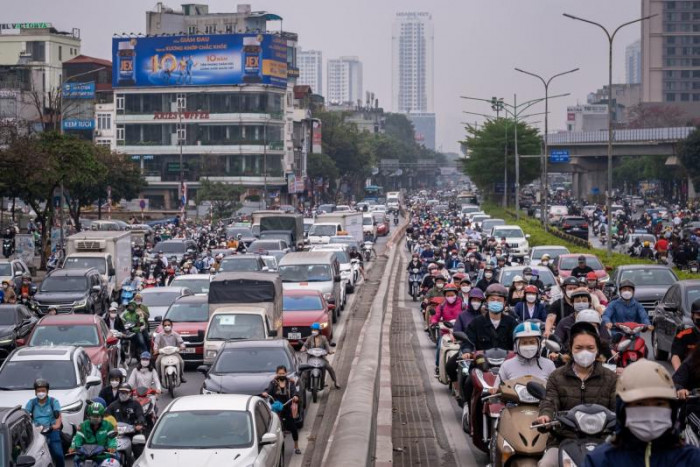Vietnam’s plan to quadruple by 2030 its gas processing capacity, turning it into its first source of energy, marks a big bet on imported liquefied natural gas (LNG) and its reserves in the South China Sea, despite supply and geopolitical risks.
Vietnam’s plan to quadruple by 2030 its gas processing capacity, turning it into its first source of energy, marks a big bet on imported liquefied natural gas (LNG) and its reserves in the South China Sea, despite supply and geopolitical risks. Image: Reuters A liquefied natural gas (LNG) tanker Vietnam’s plan to quadruple by 2030 its gas processing capacity, turning it into its first source of energy, marks a big bet on imported liquefied natural gas (LNG) and its reserves in the South…
Vietnam’s plan to quadruple by 2030 its gas processing capacity, turning it into its first source of energy, marks a big bet on imported liquefied natural gas (LNG) and its reserves in the South China Sea, despite supply and geopolitical risks. Image: Reuters A liquefied natural gas (LNG) tanker Vietnam’s plan to quadruple by 2030 its gas processing capacity, turning it into its first source of energy, marks a big bet on imported liquefied natural gas (LNG) and its reserves in the South…
Reuters A liquefied natural gas (LNG) tanker Vietnam’s plan to quadruple by 2030 its gas processing capacity, turning it into its first source of energy, marks a big bet on imported liquefied natural gas (LNG) and its reserves in the South China Sea, despite supply and geopolitical risks.
The plan, which was approved by the government late on Monday, would turn the Southeast Asian nation from a very small player in the gas market into one of the largest users in the region. LNG imports are projected to jump from zero now to volumes that would cover nearly 15% of the country’s booming energy needs by the end of the decade, according to the government’s adopted targets published on Tuesday.
Locally produced gas would be given priority over LNG, the government said, with output expected to jump by about 65% to 15 gigawatts (GW) by 2030 – but its share in the country’s power mix is set to drop to 10% from 13% in 2020.
https://www.bangkokpost.com/business/2572572/vietnams-gas-output-expected-to-rise-despite-china-threats
